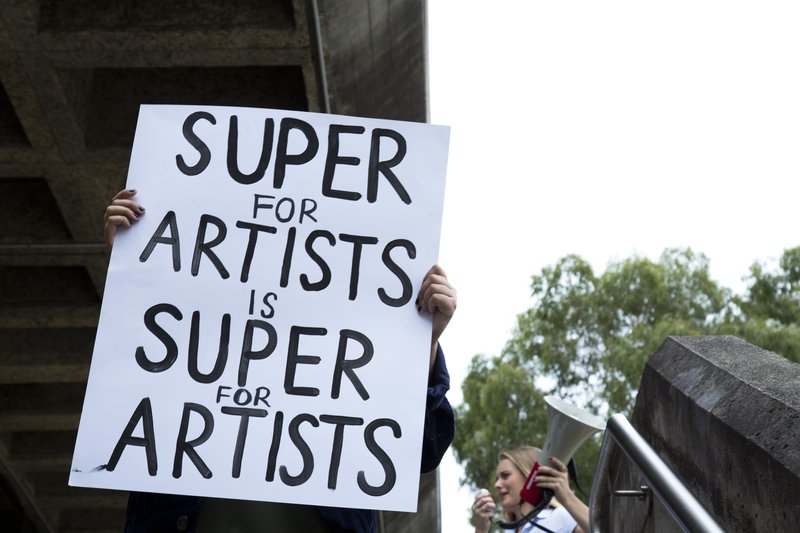The government is introducing mandatory payday superannuation, meaning super will be paid at the same time as wages rather than quarterly. This change will commence from 1 July 2026, with enabling legislation now being introduced to give businesses and payroll software providers time to prepare.
The reform is designed to ensure that workers, particularly low‑paid and insecure workers, do not miss out on the super they are owed, with Treasury estimating workers lose around $5 billion a year in unpaid super. By requiring super to be paid more regularly, the new system aims to help reduce the risk of underpayment and improve retirement outcomes. It also means workers can benefit from compounding interest sooner - their contributions will be earning returns in their super accounts, rather than sitting in their employer’s bank account for up to three months.
NAVA supports the intent of payday super. The Treasury Laws Amendment (Payday Superannuation) Bill 2025 is a long‑overdue reform that seeks to address the systemic problem of unpaid superannuation, which disproportionately affects low‑paid and insecure workers, including many artists. NAVA supports the principle that super should be paid at the same time as wages.
However, implementation must not make things harder for artists or the arts organisations who engage them. Many artists already bear the legal obligation of paying super for any assistants they hire. Under current law, if a sole‑trader artist pays a worker “mainly for their labour”, even if that worker invoices via an ABN, the artist is required to pay super contributions for them. These responsibilities often go unbudgeted, and the upcoming shift to payday super adds a further compliance administration on top of already stretched resources.
For many small‑to‑medium visual arts organisations, this shift will require operational changes. Organisations will need to upgrade or customise payroll and accounting software, and establish new processes for managing short‑term, one‑off payments to artists and independent arts workers. Most arts organisations are already operating under acute financial and administrative pressure due to chronic under‑funding and staff shortages.
Visual arts organisations frequently engage artists and arts workers in short‑term or one‑off capacities for public programs, judging panels, artist talks, lectures, workshops, exhibitions, installations, and residencies. These engagements often involve relatively small payments, are made to sole traders or ABN holders rather than PAYG employees, require a rapid turnaround of paperwork, and take place under tight timelines that do not allow for the typical super‑onboarding steps of collecting choice forms, verifying fund details and processing payment.
Under the new regime, organisations will be required to collect and process superannuation information and make contributions at the same time they pay the artist or arts worker, whether that’s weekly, fortnightly, or monthly, rather than on a quarterly basis. This could affect dozens or even hundreds of individuals they engage irregularly each year, often for very short‑term work.
Unless there is targeted support, clear guidance and practical tools provided to the arts sector, this important reform risks becoming a compliance headache for the very people it aims to benefit. The policy goal is important, but so is getting the rollout right.
The ATO is consulting on how it will assess compliance with the new payday super rules, including when they’ll take effect. Submissions to the draft Guideline are due on 7 November 2025. NAVA is preparing a response and welcomes your input. Please email us via nava@visualarts.net.au







